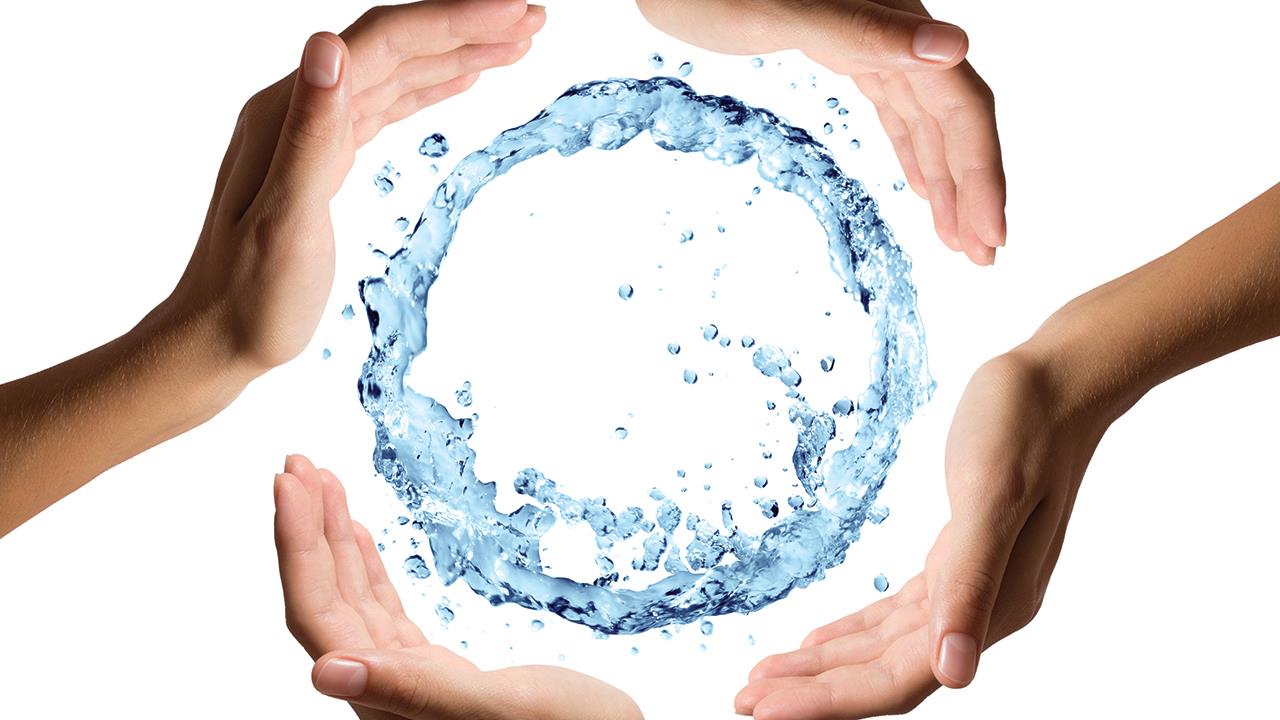

Chris Tranter, Senior Product Manager at Bristan, discusses the best ways to boost water conservation when fitting out a small commercial project.
The implications of mass water consumption are becoming increasingly urgent in the face of climate change, although it’s often not on the top of the list of business priorities.
According to South Staffordshire Water, the average water consumption for office buildings is 50l a day, per employee. While water conservation is largely down to individual efforts, plumbers play an especially important role in ensuring the offices of SMEs are appropriately fitted to make water saving autonomous.
Nowadays, there are a lot of options on the market for products that are designed to limit water consumption without compromising performance. However, it’s important to note that even a smaller commercial project is larger scale than a standard domestic plumbing job, therefore has different considerations for the installer.
The size and complexity of the plumbing system and the number of users within the building should be taken into account, in addition to the individual needs of the business. Once you’ve worked out your project specification, you’ll be able to work out what products will best fit your needs.
Flow regulators
One of the cheapest yet most effective ways to reduce water use is by fitting a flow regulator onto the spout of your tap. Flow regulators function by maintaining a predefined flow rate that is independent from the main line pressure, so that water saving happens effortlessly once installed.
If the business has requested a newer, more modern tap as part of their specification, it’s worth investing in a tap that has a built-in flow limiter.
As the demand for eco-friendly products has grown, products have started to be created with a water saving mechanism as one of the fundamental design features – for example, many of Bristan’s basin taps have a 5l flow limiter fitted that also aerates the water.
Taps with aerated flow
Recent design developments have culminated in a tap that has the effective balance of performance and water conservation – the aerated flow tap.
The aerator is a small attachment that fits onto the outlet of a tap, allowing water to mix with air to give the illusion of a richer, fuller flow. While the tap utilises less water and pressure, the innovation actually enhances the look and feel of a water flow.
Timed-flow taps
A timed-flow tap is an ideal option to aid water conservation at an affordable cost, as well as help prevent vandalism in public places and water wastage. The primary benefit of this tap is that the timed shut off prevents the tap from being left running and unnecessarily wasting water.
BREEAM compliance
While the main motivation for water conservation in a domestic household might be to cut down water bills, boosting eco-credentials aligns with a business’ corporate social responsibility. This means they may be looking for products that are accredited by a trusted and widely recognised organisation.
BREEAM is a leading environmental assessment method for buildings, setting the standard for best practice in sustainable design and measuring a building’s environmental performance. Choosing products with BREEAM certification is one of the best ways to help your client solidify their reputation as an environmentally-conscious organisation, which is increasingly important for many.
Simple solutions
Although choosing the right products is a crucial element, don’t forget the simpler things you can do as a plumber to increase water efficiency.
According to WaterSafe, leaking taps can waste up to 5,500l a year – enough to fill a paddling pool every week for the whole summer. When working on your commercial project, you should make sure you thoroughly check water outlets to limit any future problems or leaks.
If you'd like to keep up-to-date with the latest developments in the heating and plumbing industry, why not subscribe to our weekly newsletters? Just click the button below and you can ensure all the latest industry news and new product information lands in your inbox every week.